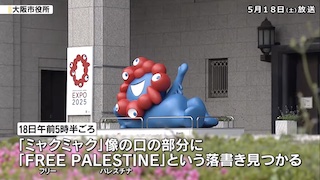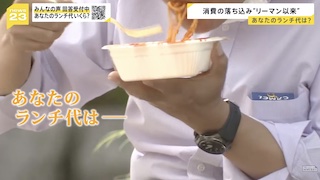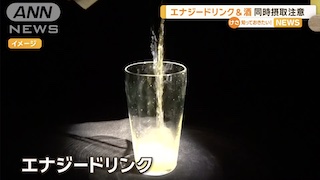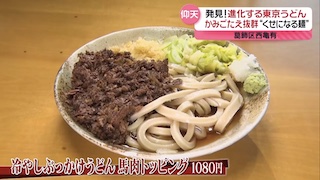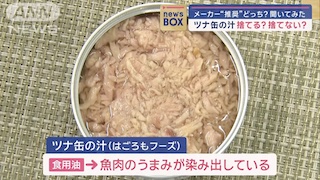TOKYO, Apr 11 (News On Japan) - You might think the grooves in a chocolate bar are there to make it easier to break and share, but there's more to the story.
The Misconception About Chocolate Bar Grooves
Chocolate bars are a beloved treat, enjoyed for their rich cocoa aroma and sweet taste. Each bar has grooves, but do you know why they're really there?
A survey of people in their 20s and 40s revealed a common belief that these grooves are meant for sharing or decorating purposes. However, breaking the chocolate neatly using these grooves isn't their actual purpose.
The Real Purpose of Chocolate Bar Grooves: An In-depth Investigation
Despite common practice, the grooves in chocolate bars are not designed with breaking the bar neatly in mind.
We spoke to Michiharu Kurosu, a cocoa specialist at Meiji, a leading food manufacturer with nearly a century of experience in chocolate research and sales.
Meiji Cocoa Development Department's Kurosu clarified, "The grooves in chocolate bars aren't primarily designed for dividing the bar. The main reason for the grooves has to do with the manufacturing process."
How Chocolate Bars Are Made
Kurosu explained how chocolate bars are produced: "The chocolate, once smooth, goes through a tempering process where it's cooled to around 40°C to 50°C, poured into molds, and then cooled further. This solidifies the chocolate, which is then removed from the molds and packaged."
It turns out that the "grooves" play a crucial role in this process.
Chocolate Bar Grooves: Designed for Cooling
"The molds are cooled, but cooling a large block can be inefficient. Grooves increase the surface area, allowing cold air to cool the chocolate more efficiently and increase productivity," Kurosu revealed.
So, the grooves in chocolate bars are designed to make cooling easier, a key step in creating delicious chocolate.
Kurosu added, "Proper solidification and cooling ensure the chocolate melts smoothly in your mouth and maintains its quality longer."
In essence, the grooves in chocolate bars are not for breaking the bar but for enhancing its deliciousness.
A respondent in their 20s was surprised by the logical explanation, having always assumed the grooves were for dividing the bar.
Kurosu also shared a tip from Meiji's researchers on how to neatly break a chocolate bar: by standing the bar on its side on a table and applying force from above, it will break cleanly along the grooves.
Source: ANN




